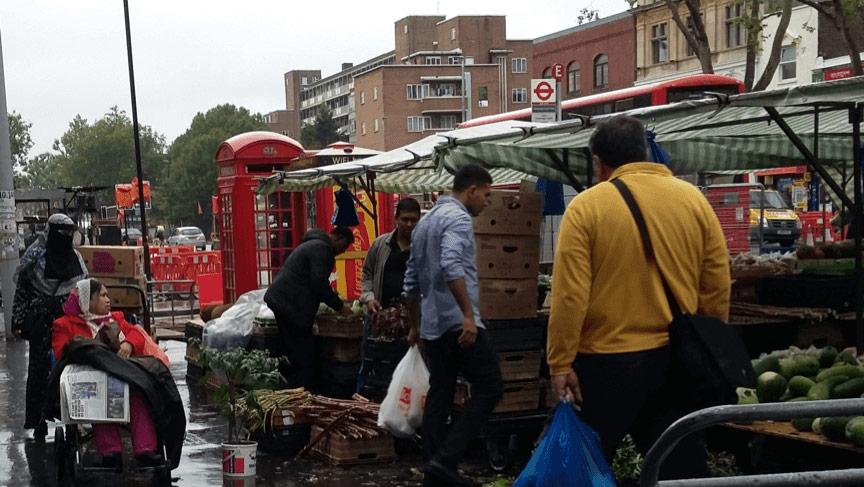The spatial segregation of migrants and their children—also called ethnic minorities in the UK—has received great attention in public and policy debates. There is ample evidence that ethnic minorities tend to live close to other members of the same group, and this applies both to recently arrived migrants as well as to their children born and raised in the UK. A reduction in the levels of segregation is typically regarded as a desirable outcome in the long term, for both ethnic minorities and wider society. On the one hand, the persistence of spatial segregation might be an impediment for social cohesion and, in some cases, it might also negatively affect the members of such neighbourhoods (e.g. there is some evidence of negative effects on labour market outcomes); on the other, the spatial segregation of ethnic minorities is often strongly related to neighbourhood deprivation.
While the evidence showing increases and decreases in segregation and that exposing the (positive and negative) effects of living in migrant neighbourhoods is vast, there has been little research, especially in the European context, on why segregation persists over time. This question is connected to another question strongly associated with the well-known literature on ethnic penalties, namely: to what extent do individuals with and without a migrant or ethnic background have similar opportunities in terms of their residential choices? My new article published in the journal ‘Population, Space and Place’ presents new evidence on this issue, in the context of the UK (available upon request; a preliminary version can be found here).
This is a part of a blog post by Carolina Zuccotti.
